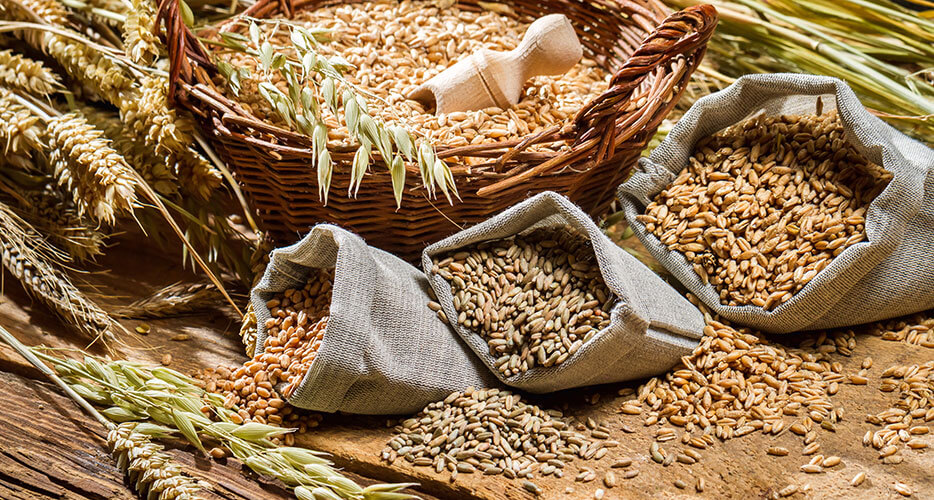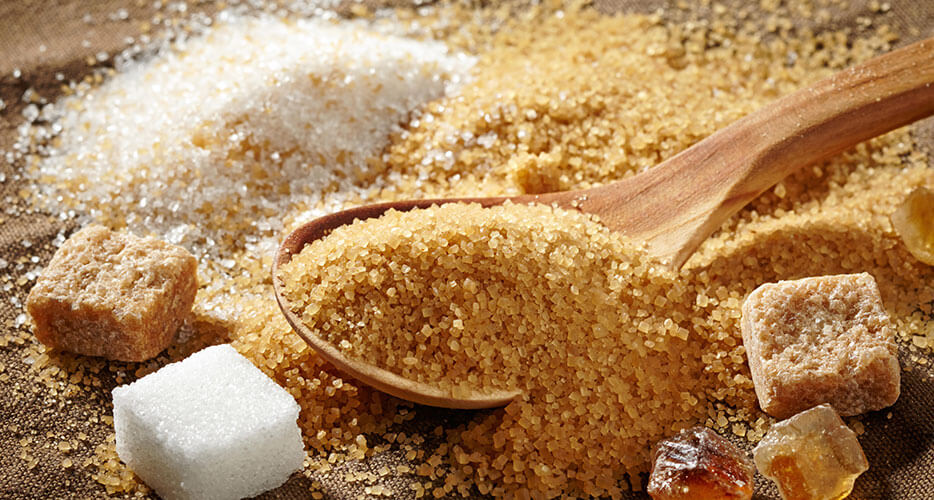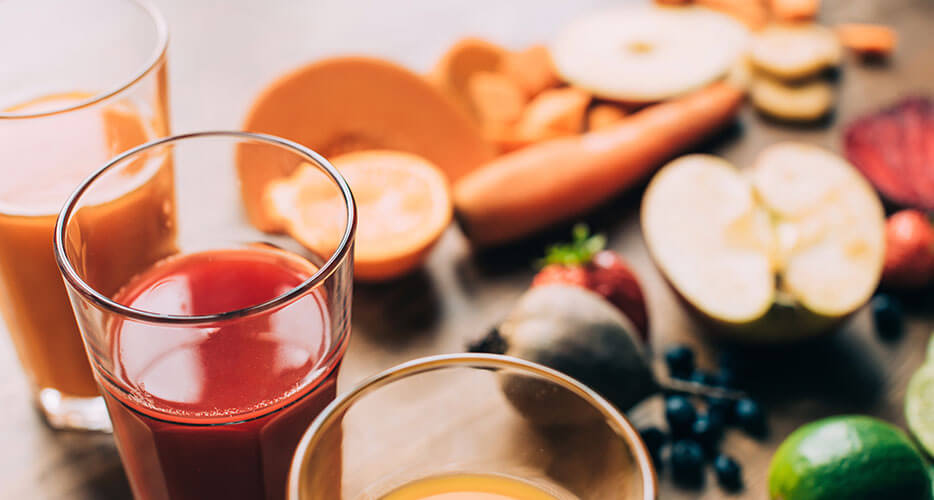
Sugar is an important source of energy quickly available, but it has to be managed in a conscious way.
Misura's interview with Dr. Andrea Del Seppia
Let's talk about the topic with our nutritionist, Dr. Andrea Del Seppia.
First of all, what do we talk about when we discuss the topic "carbohydrates: simple sugars and added sugars"?
Carbohydrates are a class of nutrients that are the basis of a healthy and balanced diet and include both complex and simple ones. The guidelines for the Italian population suggest maintaining an overall contribution of between 45% and 60% of total daily energy revenues (SINU, 2014). The energy coming from simple sugars, those carbohydrates that are rapidly available but little satiating, should not constitute more than 15% of the total energy intake. For the maintenance of a good state of health, the indication is therefore to prefer "starchy food sources with a low glycemic index", ie whole grains (such as spelled and barley), products derived from wholemeal flour and legumes such as lentils, chickpeas and beans.
What do these last foods have in common and how do they differ from the sources of simple sugars?
They all share a high fiber content that allows them to lower the glycemic index, guaranteeing a slower absorption and, therefore, a more lasting satiety. On the contrary, simple sugars, although useful in case of need for an immediate energy supply, are not needed in large quantities for our diet.
Excessive consumption of confectionery products and sugary drinks can lead to an excess of kcal compared to our needs: just think that some cans contain up to 35-40g of simple sugars.
In the context of a balanced diet and to guarantee an ideal body weight in the long term it is necessary to keep the supply of rapidly absorbed sugars controlled: a portion of them will be introduced automatically with the consumption of beneficial foods such as 2 or 3 portions of daily fruits and, for those who consume them, dairy products like milk or yogurt. Not being able to reduce this sugar quota because these food sources include other fundamental nutrients that we cannot give up, we must pay attention to the added sugars, that is those contained in confectionery of various kinds and in sugary drinks.

What strategies can we use to reduce the daily intake of simple sugars?
In practice, there are some tricks that can be very useful. First of all, you can limit the sugars that come from drinks like soft drinks (cola-type sweetened soft drinks, etc.) and sugary spirits (cocktails based on fruit syrups, liqueurs, etc.). For the consumers of centrifuged and extracts, make sure that per person there is indicatively a quantity of fruit corresponding to 150g (about 1 portion, even mixed fruit) and the rest of the drink is made up of vegetables. In the case of juices and fruit juices, both homemade and commercial, it is better that they contain only the sugars naturally present in the fruit and that they are consumed in the quantity of a single glass (about 150-200ml). Speaking of drinks, we must also consider the sugar we add to herbal teas, coffee and tea, especially if we consume more cups a day.
The best advice is to make your taste buds unaccustomed to an excessively sweet taste: just a few weeks in which the table sugar added to the coffee is gradually reduced to be able to appreciate it bitter or with just a hint of sugar.
And when we talk about desserts?
In the preparation of homemade desserts, unless the sugar is an ingredient that guarantees the stability of the food over time (it is the case of syrups, jams and some creams), you can simply reduce the quantity provided in the original recipe. To make our confectionery preparations pleasant and fragrant by limiting the use of sugars and without using sweeteners of any kind, we can also use various spices: first of all cinnamon, vanilla and bitter cocoa. Also cardamom, saffron and tonka bean are perfect to give our recipes refined and exotic aromas.

How to shop?
At the supermarket it is necessary to get used to carefully read the labels of packaged foods, not only those of the ingredients, but also the nutritional tables referring to a single portion of the product we are about to buy. We will find indicated the carbohydrates item "of which sugars": considering that the sugars contained in a single portion of fruit are about 15g, it is good to stay below this quantity (even better if the sugar level is further lower) and choose , where possible, wholemeal products or those without added sugar. This indication will guide us in choosing snacks and fresh products such as yogurt, in which, often and unfortunately, we find more than 4 teaspoons of sugar (over 20g!): In this case, it is better to choose white, without added sugar (then containing only those 4-5g of sugar naturally present in the milk) and add a small portion of fresh diced fruit or dehydrated fruit with cocoa or cinnamon.
Read the article on Misura® website
Read the article on Misura® Facebook official page
Link to Dr. Andrea Del Seppia page on the official Misura® website
Misura® is a registered trademark of Colussi S.p.A. The material reported in this article is the property of Colussi, who authorized its publication.